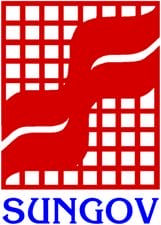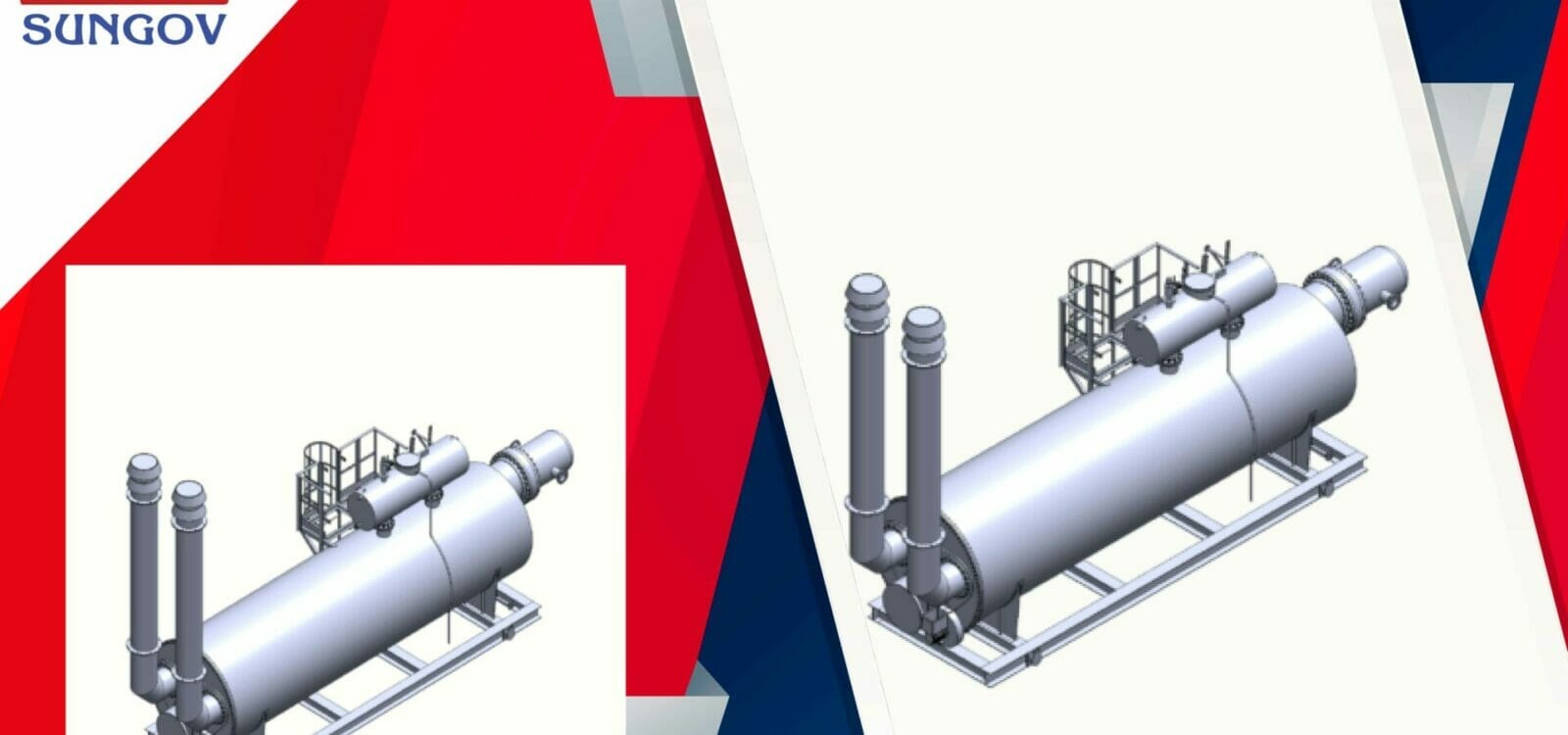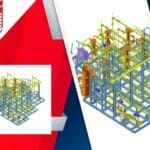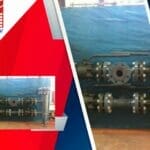This blog from Sungov Engineering explores the cutting-edge solutions that revolutionize industrial heating. In this, we unveil the game-changing technology of indirect-fired line heaters and how they can transform your industrial heating processes. An indirect water heater storage tank you fed up with inefficient heat transfer methods that drain resources and hinder productivity? Let us help you imagine a solution that maximizes energy efficiency, minimizes costs, and enhances operational performance.
Welcome to the world of indirect-fired line heaters! This is where innovative design, such as the indirect water heater storage tank and water bath heater design, paves the way for unparalleled heat transfer efficiency. Get ready to dive into the fascinating realm of indirect fired line heaters, debunking myths and uncovering the immense benefits they bring to your business. Discover a new era of industrial heating efficiency!
How can Indirect Fired Line Heaters help in maximizing energy efficiency, minimizing costs, and enhancing operational performance?
Indirect Fired Line Heaters are just what you need if you are looking for energy efficiency, cost reduction, and enhanced operational performance in industrial heating. By incorporating the ingenious design elements of an indirect water heater storage tank and water bath heater, these heaters unlock unparalleled advantages.
To begin with, the indirect-fired line heater utilizes a closed-loop system, where the heat source never comes in direct contact with the process fluid. This design ensures maximum heat transfer efficiency while preventing contamination or fouling, resulting in optimal energy utilization.
In addition to this, the indirect water heater storage tank acts as a reservoir, storing and maintaining the desired temperature of the heated fluid for extended periods. This feature reduces the need for constant heating, minimizing energy consumption and associated costs. Moreover, the precise control and uniform distribution of heat achieved through the water bath heater design enhance operational performance, enabling consistent and reliable heating processes.
Discover the transformative power of indirect-fired line heaters, where energy efficiency, cost-effectiveness, and operational excellence converge to revolutionize industrial heating.
What are some myths that revolve around using the indirect water heater? Can these be debunked to prove highly beneficial for processes?
Myth 1: Indirect Fired Line Heaters Cannot Achieve High Efficiency
Truth: Indirect-fired line heaters are designed to maximize heat transfer efficiency. They utilize a water bath heater design, where the process fluid flows through a coil immersed in a heated water bath. This design ensures efficient heat transfer and minimizes heat loss. Additionally, modern indirect-fired line heaters incorporate insulation and advanced control systems to optimize efficiency and reduce energy consumption.
Myth 2: Indirect Fired Line Heaters Pose a Risk of Contaminating the Process Fluid
Truth: Indirect-fired line heaters do not directly come into contact with the process fluid. The heat transfer coil is sealed within the water bath, preventing any mixing of fluids. This eliminates the risk of contamination and ensures that the process fluid remains pure and unaffected by the heating process.
Myth 3: Indirect Fired Line Heaters Have Limited Capacity for Heating Water
Truth: Indirect-fired line heaters can provide substantial heating capacity for water applications. By utilizing a water bath heater design, they can generate and transfer heat efficiently to the process fluid. Moreover, these heaters can be designed and sized according to specific requirements, allowing them to handle large volumes of water and achieve the desired temperature rise.
Myth 4: Indirect Fired Line Heaters are Prone to Corrosion
Truth: Indirect-fired line heaters are typically constructed with materials that are resistant to corrosion. The water bath heater design ensures that the process fluid is not exposed to the heating elements directly, preventing corrosion issues. Furthermore, protective coatings and proper maintenance practices can be employed to enhance the longevity and corrosion resistance of the equipment.
Myth 5: Indirect Fired Line Heaters Are Complex and Difficult to Operate
Truth: Indirect-fired line heaters are designed with user-friendly interfaces and intuitive controls, making them easy to operate. These heaters often come with automated temperature and pressure control systems, ensuring safe and efficient operation. Sungov Engineering provides detailed operating manuals and guidelines, making it convenient for operators to understand and utilize the equipment effectively.
What are the advantages of using the Indirect Fired Line Heaters?
We have listed a quick list below to help you understand the advantages of using the Indirect Fired Line Heaters:
- Using the heaters for a wide variety of applications
- Better heat transfer
- Reduced risk of contamination
- Safer operations
- Energy efficiency
- Ease of installation and operation
- Better scalability and customizable
- Reliability
- Wide temperature range
In conclusion, the utilization of indirect-fired line heaters with their efficient heat transfer capabilities has revolutionized industrial heating processes. The water bath heater design, combined with advanced controls and corrosion-resistant materials, ensures optimal performance, energy efficiency, and safe operation.
Whether it’s heating water, oil, or gas, these versatile heaters offer customizable solutions for various applications. Sungov Engineering is committed to providing cutting-edge technology and expertise in indirect-fired line heaters and indirect water heater storage tank systems.
We would love to hear your thoughts and experiences with these innovative heating solutions. Share your comments and questions below, and let the conversation continue! If you are interested to know what our expert engineers can do for your processes, we are just a call away!




